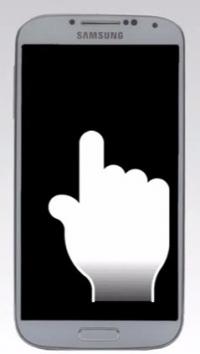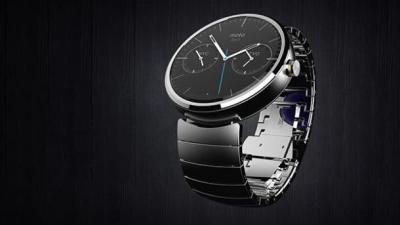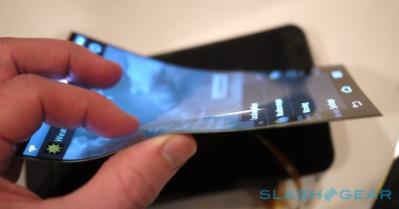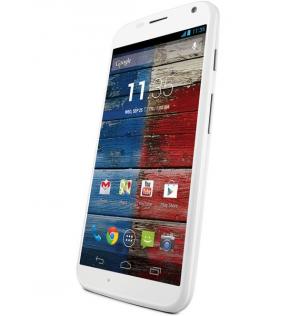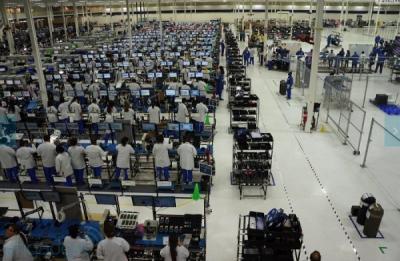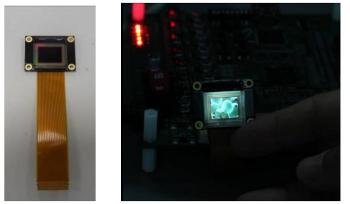Google to use MicroOLED's OLED microdisplays in next-gen Google Glass?
According to an industry insider I just talked to, Google is in talks with MicroOLED to supply OLED microdisplays for the next generation Google Glass. Google currently use LCoS microdisplays by Himax (they even bought a stake in the Himax Display in July 2013). Our source says that Google isn't happy with the performance of the LCoS microdisplay and wants to upgrade to an OLED. This will be a huge win for the French startup if true.

Back in 2013 it was reported that Google are in talks with Samsung Display to supply OLED microdisplays for the next-gen Glass product. Samsung Display indeed developed a 0.6" XGA OLED microdisplay back in 2011, but as far as I know SDC is not producing any microdipslays at the moment.


